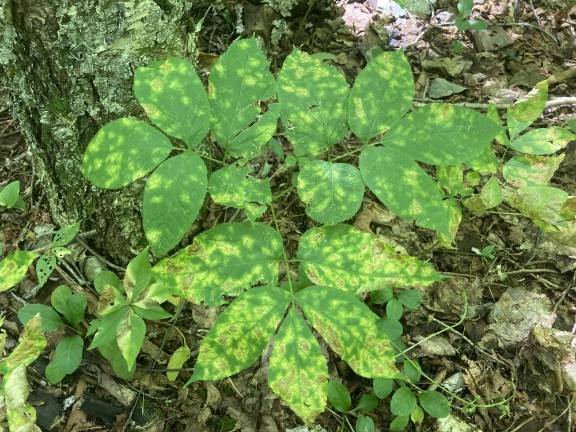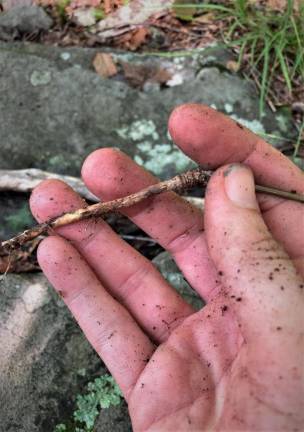The all-American stress reducer


Air is turning crisp and leaves are transforming to the colors of rich earth and sunset. For some of us autumn can feel bittersweet. Our surroundings are rife with beauty, but a beauty that also signals an end to the green season of growth. Yet, if there’s one thing we can learn from nature, it’s adaption, and autumn is the perfect time to get back to your roots.
Look to wild sarsaparilla, Aralia nudicaulis, a plant that’s hardy and adaptable to many growing conditions. It can commonly be found from sun-dappled successional, hardwood forests to damp, dark conifer forests. Wild sarsaparilla is considered an adaptogen, an herb that assists in tempering our body’s reaction to stress. It shares a family with the better known -- and overharvested – adaptogen American ginseng, and the two plants are said to have similar effects. Perhaps wild sarsaparilla could provide an alternative. It wouldn’t be the first time.
Wild sarsaparilla was our North American substitute for a completely unrelated sarsaparilla of the genus Smilax, native to South America. Both plants lent their flavor to the ol’ time beverage, sarsaparilla. Wild sarsaparilla was also used in old fashioned root beer alongside sassafras roots and black birch syrup.
Wild sarsaparilla is a perennial that grows roughly one foot tall and bears a unique leaf structure. From the plant’s base arises a long stalk that branches three ways, each branch typically bearing five, toothed leaflets. Beneath this leafy umbrella sprouts a flowering stalk that mirrors the leaf structure, also branching three ways terminally. By mid-summer, pompoms of white flowers give way to purplish-black berries. In autumn, green leaves transform, turning scarlet or gold. What we casually call the root of wild sarsaparilla is actually a rhizome – an underground lateral stem that bears true thread-like roots. It is the rhizome of wild sarsaparilla that was once used in the all-American soft drink, and that we can use today to brew a delicious, medicinal tea.
Use a digging knife to carefully uproot rhizomes. Take note of their spicy aroma, then wash and dice. Simmer the rhizome for ten minutes for a warming, fragrant tea that imparts the very flavor of autumn.